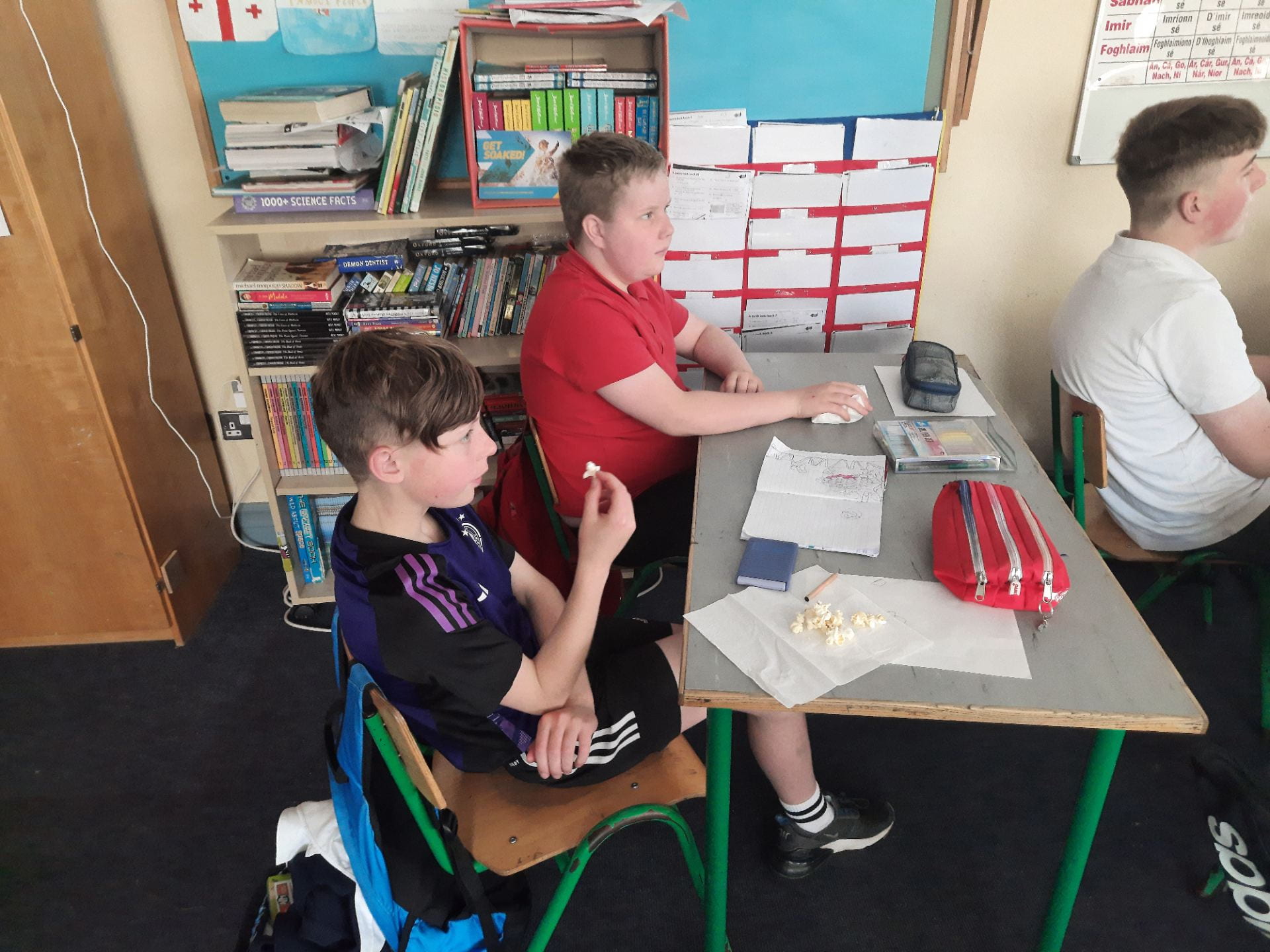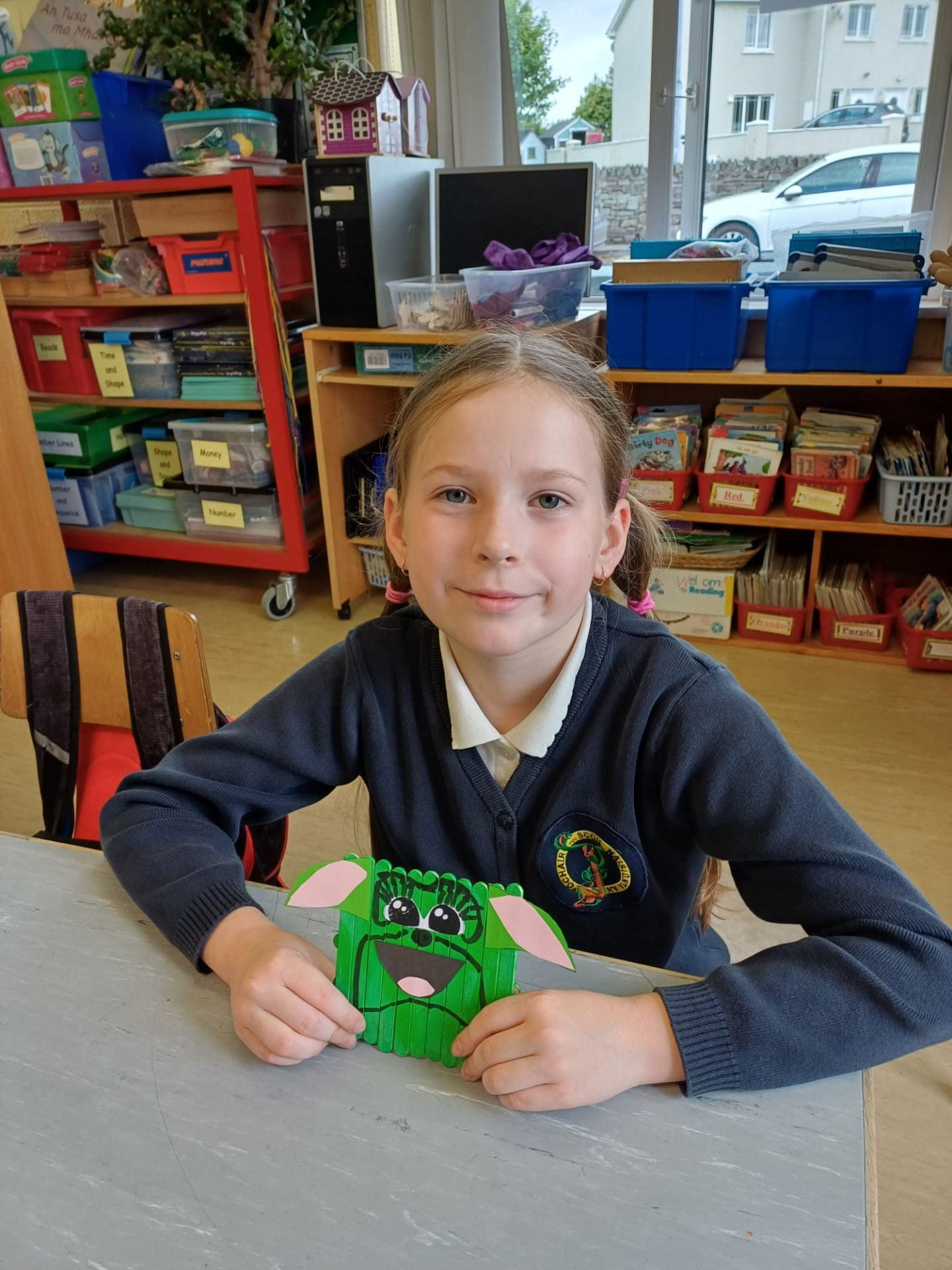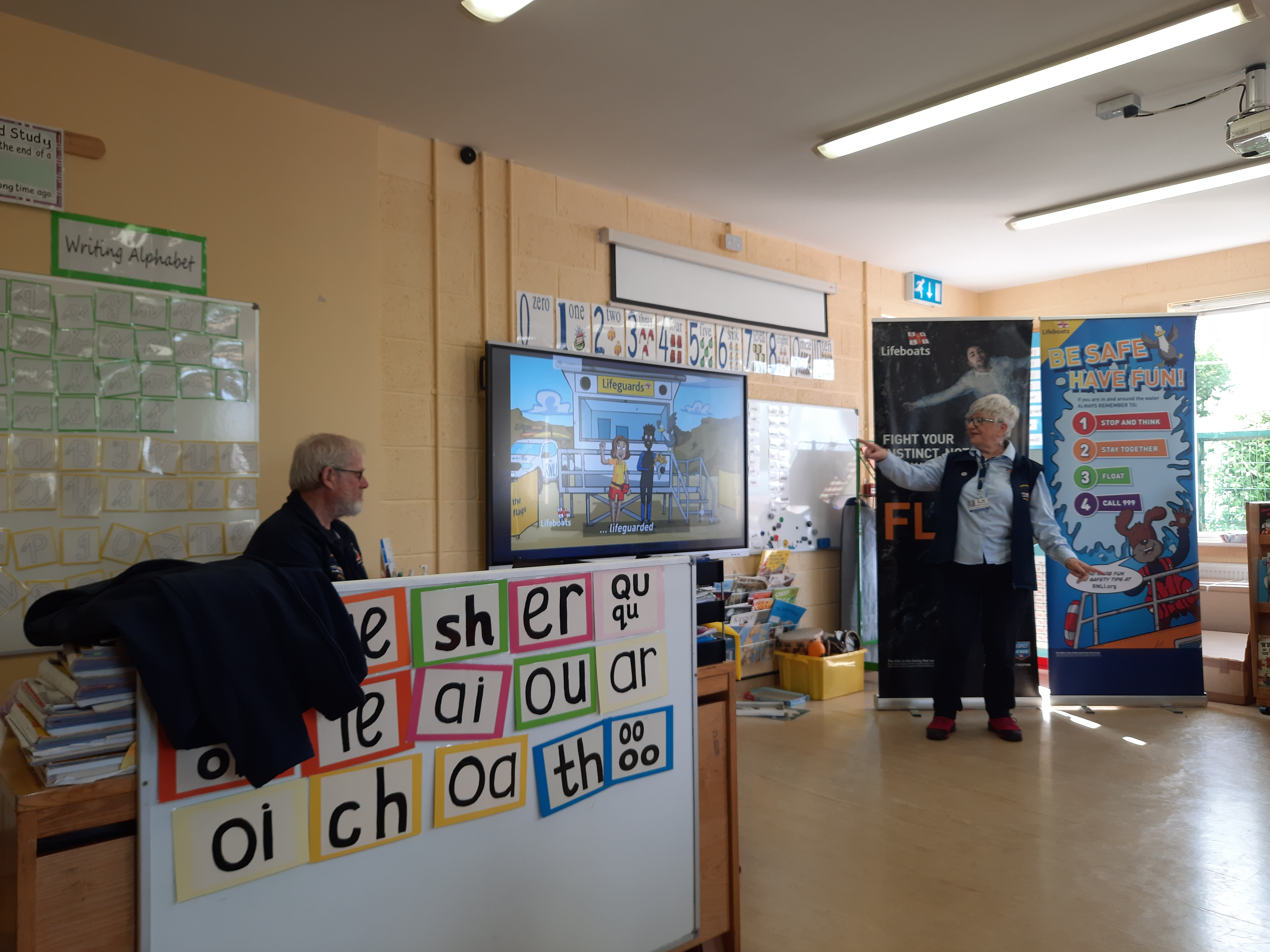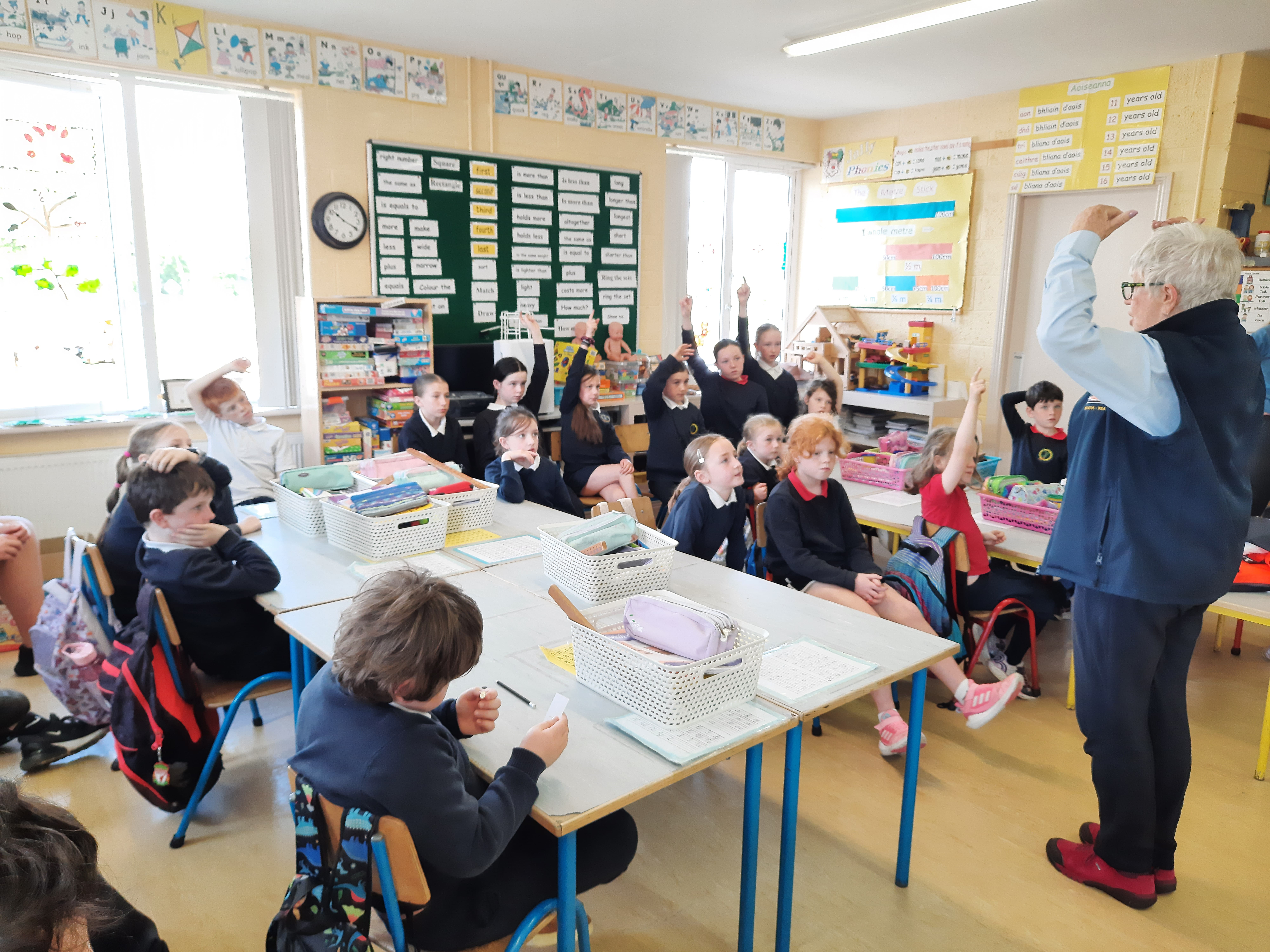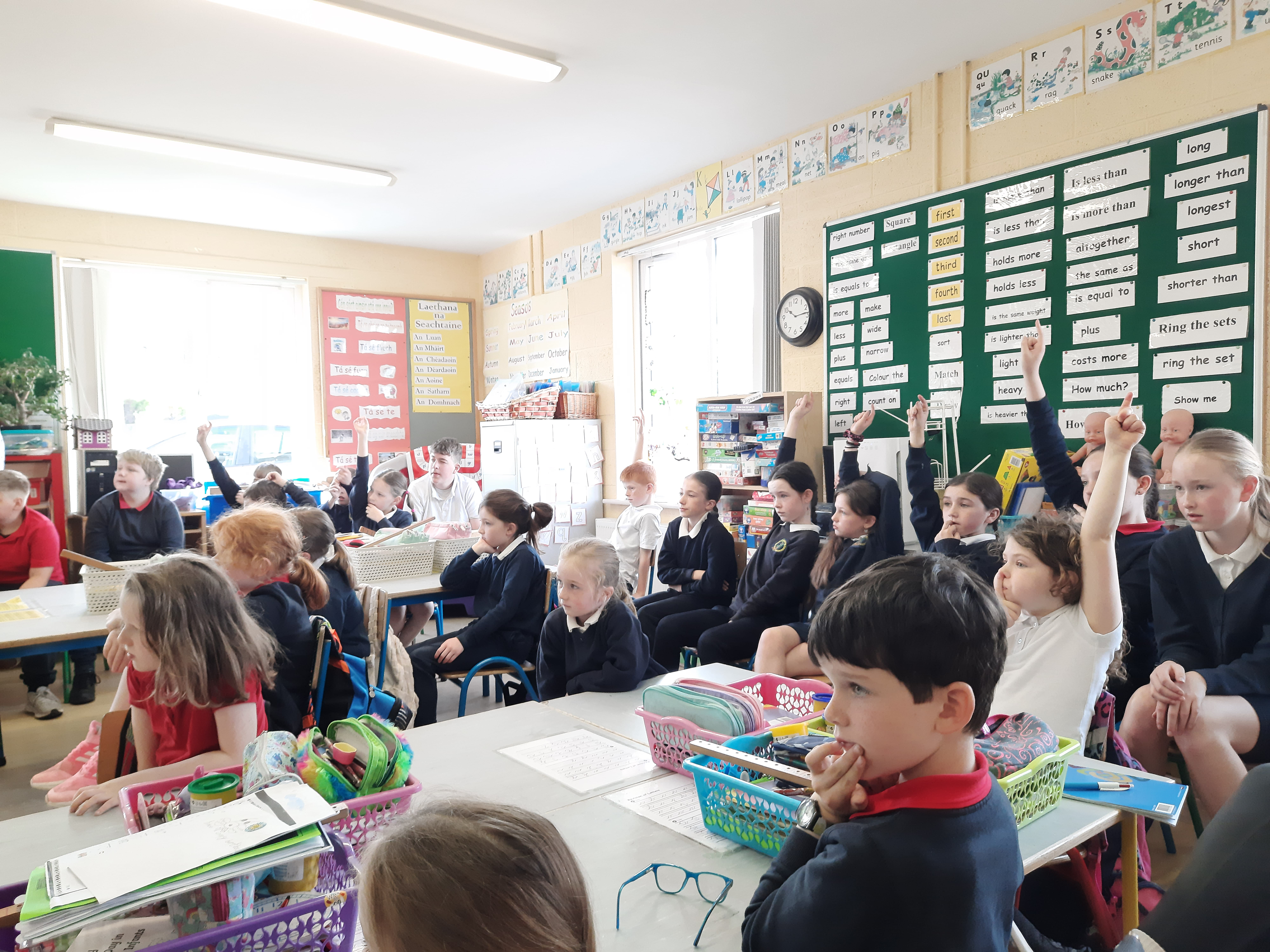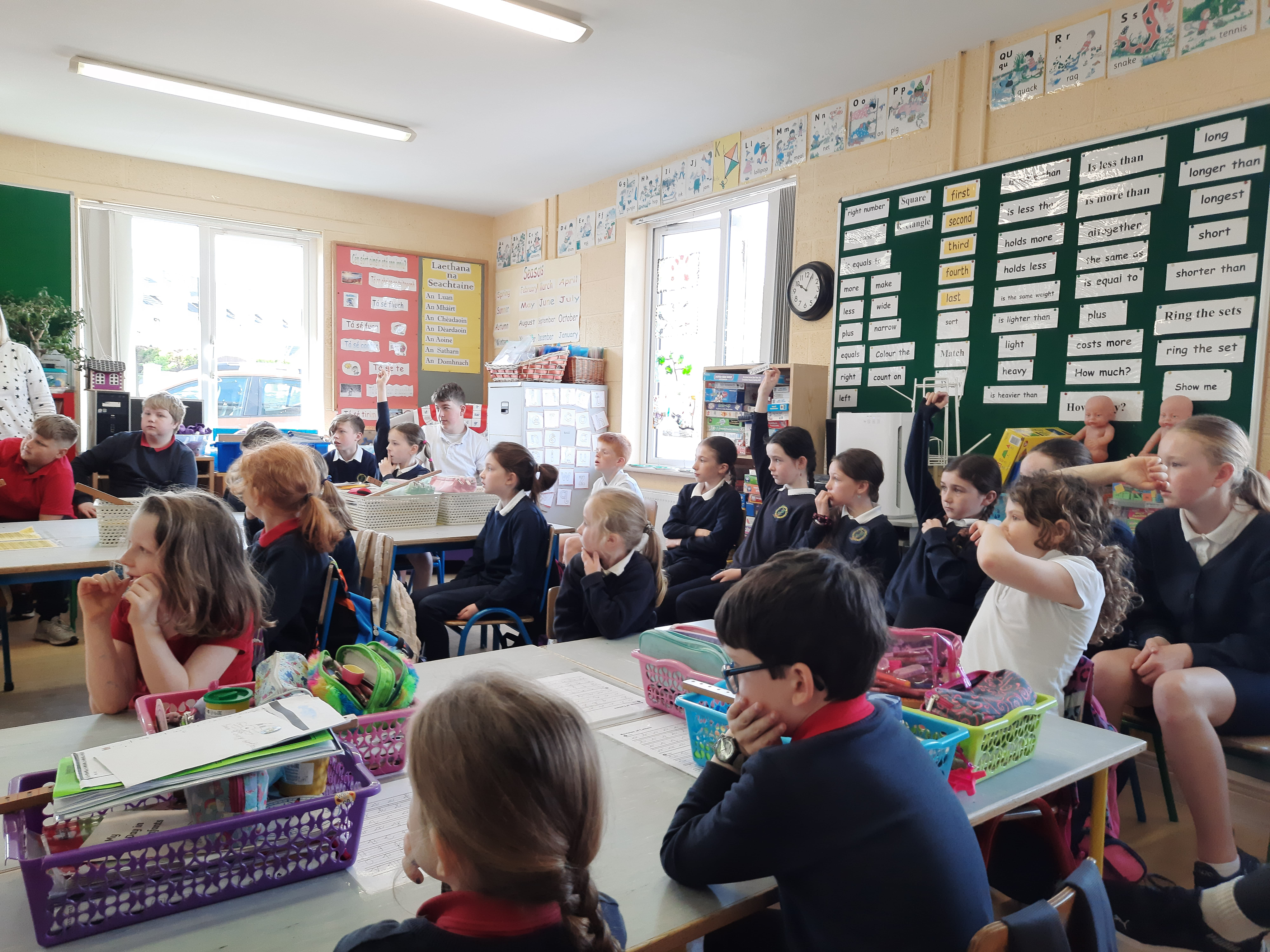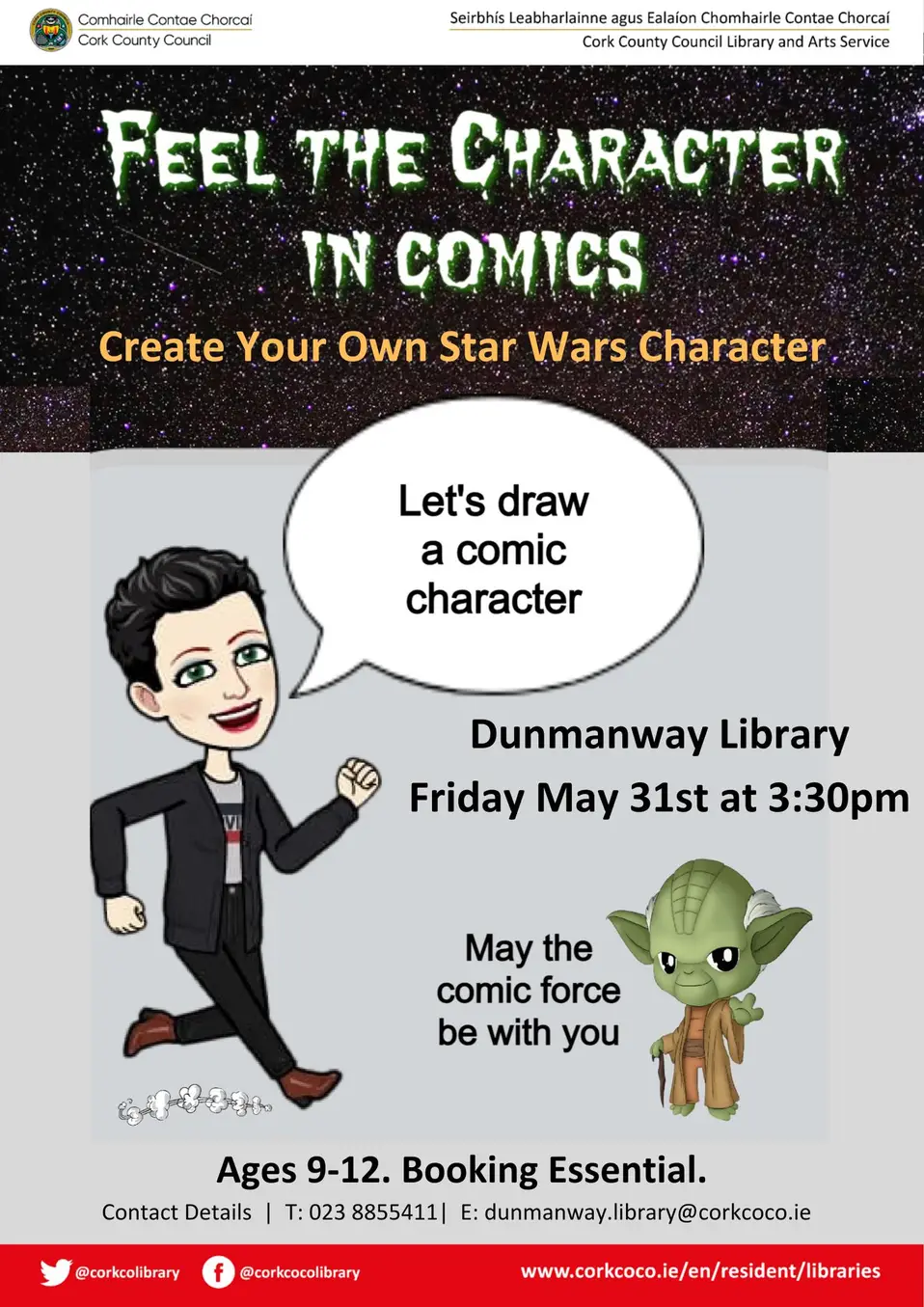We love creating Art here at Togher N.S. The Dunmanway Agricultural Show judges were amazed by the wonderful artworks created by our children as part of their Art Competition. These artworks will be on display at the Dunmanway Agricultural Show on the 7th of July.
Author Archives: Togher
The history of movies
In preparation for the Feel The Force Festival in Dunmanway the children in the Senior Room have been exploring the history of film making. The children learned about the early black and white silent movies, camera tricks, early special effects, the work of stunt people, the first “talkies”, the development of special effects, the introduction of technicolour and the development of C.G.I. Of course you can’t watch movies without popcorn – it’s a rule.
Sciath na Scol.
We enjoyed a wonderful day of GAA football at Doheny’s GAA grounds in Dunmanway. Togher N.S. played Darrara N.S, Reenascreena N.S. and St. Enda’s N.S. It was another lovely day for football. A huge thank you to the many supporters that came to cheer on the team and the very best of luck to St. Enda’s N.S. in the final.







